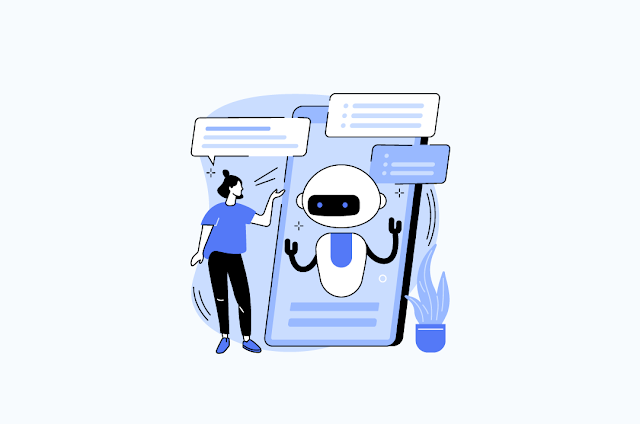 |
| Source: avendata.com |
Business processes are implemented through IT applications, which aid firms in running their daily operations effectively. These apps exist because they are crucial to business. Therefore, it is important to properly plan the retirement of these apps to prevent any disturbance to business users and to ensure a seamless transition to a new platform.
The final phase of the application life cycle is retirement. This event can be brought on by a wide range of circumstances, including technology development, business requirements, acquisition, merger, and the obsolescence of the underlying business process. This article is based on a merger and acquisition experience. It has some organisational advantages and is associated with organisational strategy and goals.
The things you should think about before decommissioning an application are covered in this blog. It provides a high-level overview of the retirement process and will assist you in laying the groundwork for your strategy. I've broken down application retirement into four main parts, however depending on the application, there may be more or fewer processes.
The whole strategy is predicated on the idea that the programme will be shut down gradually: first, lock it down (placing it in read-only mode), and then, after a certain amount of time, really shut down the application and associated host computers. The strategy will be straightforward if your application moves straight into the retirement phase, leaving no time between the read-only date and the actual decommissioning date.
Learn more about IT Legacy Systems
Step 1: Create Questionnaire
- Read-only date – When can application be marked read only?
- Retirement date – When can application be retired completely?
- Data Retention Requirements – Consider following topics
- Data Migration – Does Business need data to be migrated to a new platform?
- If YES – create a separate migration plan – create mapping with respect to the target system, make plans, test and migrate the data from legacy system.
- If NO – get Data Retention/Archival requirements – Where to archive/retain the data (on tape or live system)? How data will be accessed? How long and who can access? Any additional report requirement should also be planned here.
- Classification of the data (strictly confidential, confidential, internal, customer, public etc.): Are there any contractual obligations with customer(s) on the data? If so, consider during the data retention planning.
- Regulatory requirements of data retention – Are there any SOX, legal requirements?
Dependency – Will there be an impact on other applications? If so, you need to plan it jointly with both application’s Business Owners and mitigate the risk of disruption to dependent systems.
Has the Business identified new platform? And started using it?
Step 2: Plan Read-only Day
This is the day you lock down the application. No inserts/updates/deletes to data are allowed once application moves into read-only mode. Following points can be considered in this step:- Create a detailed implementation plan to change the application in read only mode.
- Identify the owners for all the tasks; you might need resources from various infrastructure teams like Web Administrator, Database Administrator, and Systems Administrator etc.
- Set up a meeting to review the implementation plan with all the stakeholders and get their sign-off.
- Test this in the Dev/Test landscape, and validate the implementation plan
- Get the business owner (Business Information Officer) sign-off in test landscape.
- Prepare the rollback plan – yes, it is not required, however sometimes it is worth having. There could be a scenario which was not considered in the planning phase.
Step 3: Data Migration
Data migration is planned if business needs the historical data to be available in the new platform. You can consider following tasks while planning data migration:
- Prepare Data Migration Plan
- Get the mapping for target system and do the massaging as needed
- Involve all the stakeholders and review the migration plan
- Test the data migration in a test environment
- Do the User Acceptance Testing and get business signage
- Execute the same plan in the productive system after marking the application read-only
Step 4: Actual retirement of the application
In this stage, you really turn off the hosts and shut down the web server, application server, and data server. The device is then taken out of the datacenter by IT and disposed of safely. The decommission strategy you construct in this stage should take the following factors into account:
Prepare a list of all the server instances used – make sure you are not decommissioning a shared server instance.
- Add steps to stop the web server/application server/data server instances
- Add steps to power-off the host machines – definitely with the help of Systems Admin
- Retire the host as per the organization’s host retirement policy
- Update your application portfolio list accordingly to reflect the current status of the application.



No comments:
Post a Comment